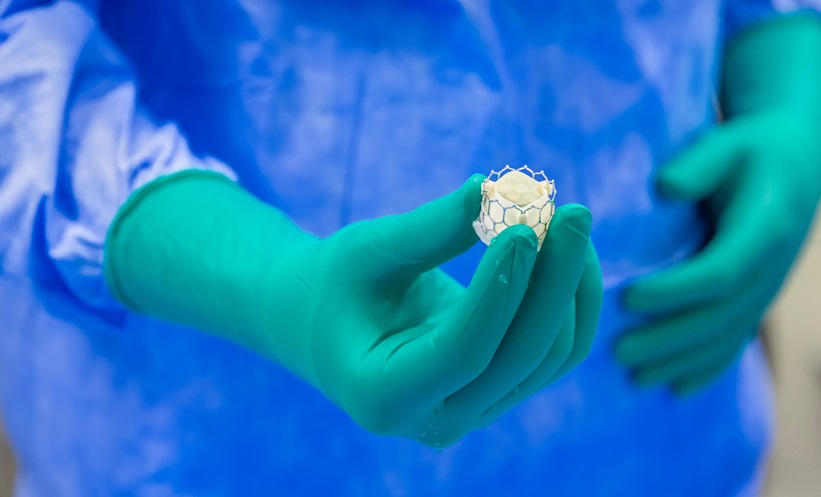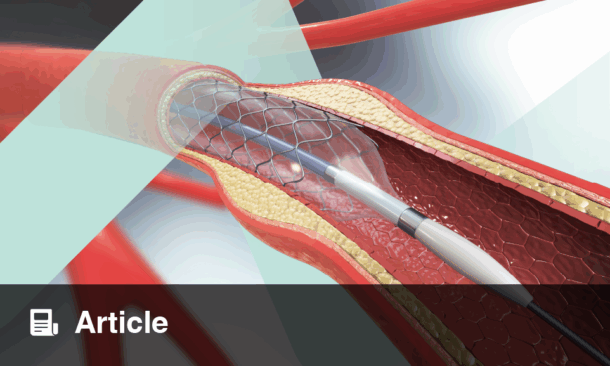LONG-TERM structural valve deterioration (SVD) after transcatheter aortic valve implantation (TAVI) remains a critical consideration as the procedure expands to younger, lower-risk patients expected to live many years post-intervention. The European Valve Durability TAVI Registry provides valuable insights into the incidence and predictors of SVD beyond five years following TAVI, informing clinical decision-making and patient management.
This registry enrolled 597 consecutive living patients who underwent TAVI up to 2014 across 22 European centres, with a mean age of 79.6 years and nearly equal gender distribution. Comprehensive echocardiographic assessments were performed within six months of enrolment and at least five years post-TAVI, with 61% of evaluations independently reviewed by a central core laboratory. Structural valve deterioration was defined according to Valve Academic Research Consortium 3 criteria. At a median follow-up of 6.1 years, the crude incidence of moderate or severe SVD was 9.5%, comprising 6.2% moderate and 3.4% severe cases. Cox regression analysis identified key predictors of SVD: use of an intra-annular transcatheter heart valve (hazard ratio [HR] 38.44), small valve size (HR 4.82), and moderate to severe postprocedural paravalvular leak (HR 3.64), all statistically significant.
These findings demonstrate that moderate to severe SVD after TAVI is relatively uncommon in the long term, with severe deterioration being even rarer. The increased risk associated with older-generation intra-annular valves and smaller valve sizes highlights the importance of device selection and procedural optimisation. For clinical practice, this underscores the need for careful valve choice, particularly in younger patients with longer life expectancy, and vigilant echocardiographic follow-up to detect and manage SVD early. Future research should focus on improving valve durability and exploring strategies to mitigate risk factors such as paravalvular leak, ultimately enhancing long-term outcomes for TAVI recipients.
Reference
Giannini C et al. Long-term structural valve deterioration after TAVI: insights from the EORP ESC Valve Durability TAVI Registry. EuroIntervention: journal of EuroPCR in collaboration with the Working Group on Interventional Cardiology of the European Society of Cardiology. 2025;21(10):537-49.








